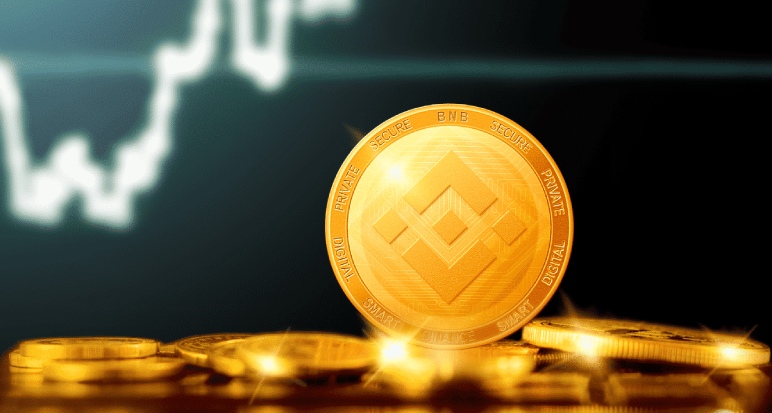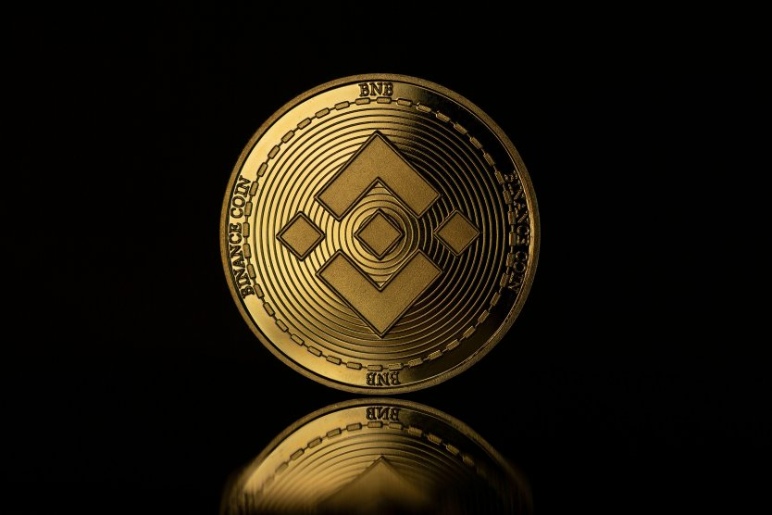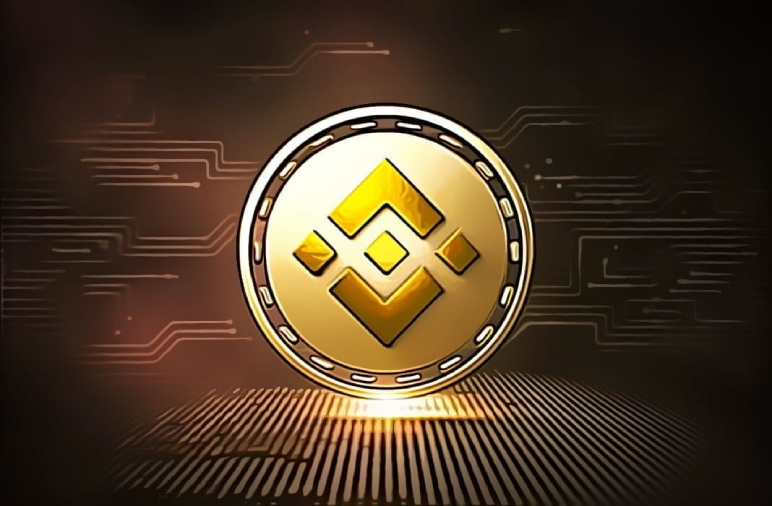In the ever-evolving landscape of cryptocurrencies, Binance Coin (BNB) has emerged as a powerhouse, playing a pivotal role in the crypto ecosystem. Created by the world’s largest cryptocurrency exchange, Binance, BNB has transcended its original purpose and become a multifaceted digital asset with widespread utility. In this blog post, we will delve into the intricacies of Binance Coin, exploring its origins, features, use cases, and the impact it has had on the crypto space.
The Genesis of Binance Coin

Binance Coin made its debut in July 2017 as part of the initial coin offering (ICO) for Binance Exchange. Founded by Changpeng Zhao (CZ), Binance quickly rose to prominence, becoming one of the leading cryptocurrency exchanges globally. BNB was initially created as an ERC-20 token on the Ethereum blockchain but later migrated to Binance Chain, Binance’s native blockchain, in 2019.
Utility And Use Cases

What sets BNB apart is its diverse range of use cases within the Binance ecosystem. Initially designed to facilitate discounted trading fees on the Binance platform, BNB has evolved into a multifunctional digital asset. Users can now employ BNB to participate in token sales on the Binance Launchpad, Binance’s platform for launching new blockchain projects.
Moreover, BNB serves as the native currency on the Binance Smart Chain (BSC), a parallel blockchain to Binance Chain that enables smart contract functionality. This integration has opened up new avenues for decentralized finance (DeFi) applications and token creation, further solidifying BNB’s role in the broader crypto ecosystem.
Token Burns and Scarcity
One unique feature of Binance Coin is its commitment to regular token burns. Binance allocates a portion of its profits to buy back and subsequently burn BNB tokens, reducing the overall supply. This deflationary mechanism not only enhances the scarcity of BNB but also contributes to its potential long-term value appreciation. The regularity of these burns creates a sense of transparency and trust among the Binance community.
Binance Coin and NFTs
The rise of non-fungible tokens (NFTs) has provided yet another avenue for BNB’s utilization. Binance has integrated NFT marketplaces that allow users to buy, sell, and trade digital assets using BNB. This extension of BNB’s use cases into the realm of digital art and collectibles has added cultural and creative dimensions to its already expansive utility.
Community and Partnerships
The success of Binance Coin is intrinsically tied to the vibrant and engaged Binance community. Binance has actively fostered partnerships and collaborations, expanding the reach and influence of BNB. As more projects integrate BNB within their ecosystems, the demand for the token continues to grow, reinforcing its position as a cornerstone of the crypto universe.
Regulatory Considerations and Challenges
While Binance Coin has experienced tremendous success, it has not been without challenges. The cryptocurrency landscape is subject to evolving regulatory frameworks, and Binance has faced scrutiny from regulators in various jurisdictions. Navigating these regulatory hurdles will be crucial for BNB’s sustained success and broader acceptance.
Conclusion
In the span of a few years, Binance Coin has transformed from a utility token for a cryptocurrency exchange into a dynamic and versatile digital asset with global significance. Its role in facilitating transactions, powering decentralized applications, and engaging with emerging trends like NFTs underscores its adaptability. As the crypto space continues to evolve, Binance Coin is likely to remain a central player, shaping the future of decentralized finance and blockchain technology.
Have A Look :-
- Google Core Update Releases August 2023
- Corteiz: The Brand Revolutionizing Streetwear Culture
- Google Answers Why A Site Doesn’t Rank Despite Good SEO

